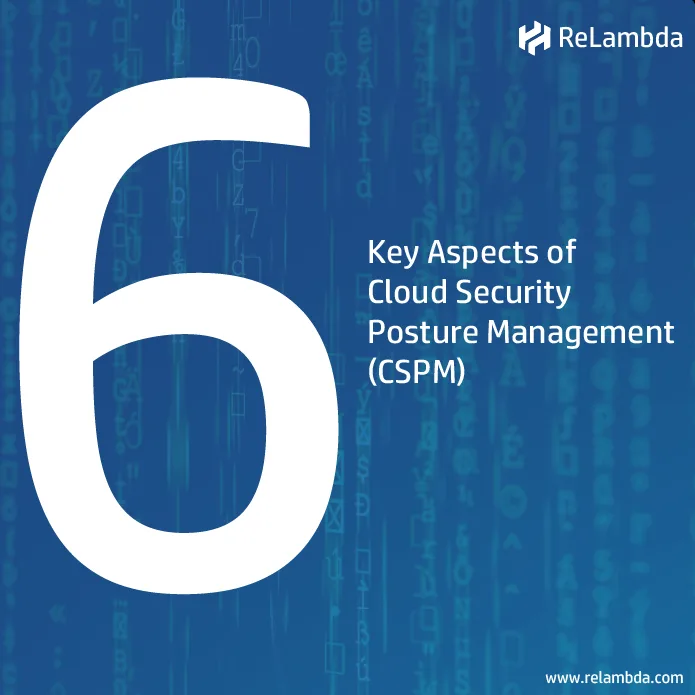We understand the importance of data security. As a provider of AI-powered data labeling solutions, we’re committed to handling your sensitive information with the utmost care. That’s why we’re actively working towards achieving SOC 2 compliance, a gold standard in data security for service organizations.
But what exactly is SOC 2 compliance, and how can it benefit you?
SOC 2 stands for System and Organization Controls 2. It’s a set of criteria developed by the American Institute of Certified Public Accountants (AICPA) that assesses an organization’s security posture based on five key trust service principles:
- Security: Protects your data from unauthorized access, use, disclosure, disruption, modification, or destruction.
- Availability: Ensures your data and systems are accessible when needed.
- Processing Integrity: Guarantees the accuracy, completeness, and timeliness of your data processing.
- Confidentiality: Maintains the privacy of your information.
- Privacy: Demonstrates respect for your data privacy rights.
By achieving SOC 2 compliance, Flagger.ai will independently audit to verify the effectiveness of our security controls. This gives you, our valued customers, the peace of mind knowing your data is protected with the highest industry standards.
Understanding the Road to SOC 2 with Checklists
The road to SOC 2 compliance involves a structured approach. Here’s how checklists play a crucial role:
- Defining Scope: The first step is identifying the specific services or systems included in the SOC 2 audit. Checklists help ensure all relevant areas are addressed.
- Choosing Trust Service Criteria (TSC): SOC 2 offers different report types focusing on specific TSCs. Checklists ensure alignment with the chosen criteria (e.g., Security, Availability, etc.).
- Conducting Risk Assessments: Identifying potential security threats and vulnerabilities is crucial. Checklists help ensure a comprehensive assessment encompassing network security, physical security, access controls, and more.
- Implementing Controls: Based on the risk assessment, specific controls are established. Checklists help track the implementation of these controls, such as firewalls, data encryption, and user access management.
- Testing and Monitoring: Regularly testing and monitoring controls ensure their effectiveness. Checklists help document and track these ongoing processes.
Benefits of Utilizing Checklists for Your Own Security Journey
Even if you’re not pursuing formal SOC 2 certification, checklists are invaluable for any organization. Here’s why:
- Proactive Security Posture: Checklists help identify and address potential security gaps before they become critical issues.
- Improved Risk Management: By systematically identifying and mitigating risks, you create a more resilient security environment.
- Enhanced Data Governance: Checklists ensure consistent application of data privacy practices, building trust with customers.
- Streamlined Compliance: Many regulations have overlapping security requirements. Strong internal controls established through checklists can simplify compliance across various frameworks.
Flagger.ai: Committed to Your Data Security
While we strive for formal SOC 2 certification, our commitment to data security is unwavering. We utilize comprehensive security practices and are constantly refining them to meet the highest industry standards. Our journey towards SOC 2 reflects this dedication to safeguarding your trust.
Stay tuned for future updates on our compliance progress. In the meantime, explore our security practices on our website or reach out to us for any questions. Together, let’s navigate the data landscape with robust security measures in place!

